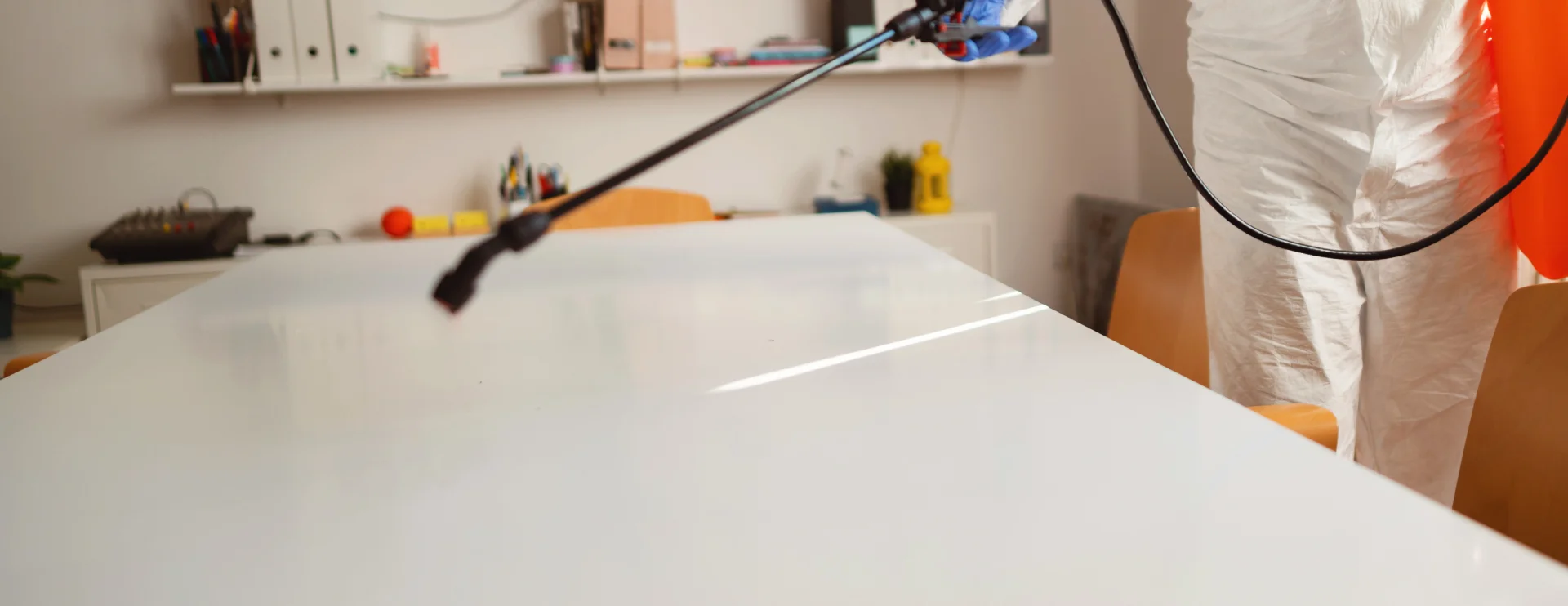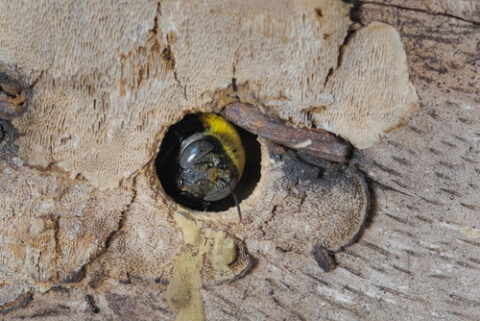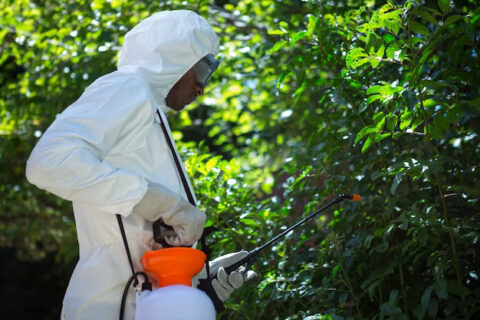These wood-boring insects are notorious for creating perfectly circular openings in timber, potentially compromising structural integrity and becoming bothersome, particularly in warmer seasons. When confronted with an invasion, swift yet considerate action is crucial to resolve the issue without endangering beneficial pollinator populations. This guide offers comprehensive strategies for effectively handling carpenter bees on your premises.
Understanding the Species
It’s essential to recognize that these insects rarely exhibit aggressive behavior. Male specimens, frequently observed near nests, lack stinging capabilities. Females possess stingers but seldom use them unless threatened. These bees are drawn to raw, unprotected lumber, such as that used in outdoor structures, patio furnishings, and roof overhangs.
Recognizing Infestations
Although similar in appearance to bumblebees, carpenter bees have distinct, glossy abdomens. Unlike their ground-nesting counterparts, these insects excavate tunnels in wood for habitation. They target unfinished, exposed timber commonly found in deck components, overhangs, and garden furniture. While not consuming wood, their burrowing activities can compromise structural integrity over time, leading to both aesthetic and functional issues.
Peak activity occurs during late spring as females seek nesting sites. Infestation indicators include:
- Circular openings in wooden components
- Wood debris beneath boring locations
- Presence of large, dark-colored insects flying near home eaves or timber constructions
Immediate Response Tactics
- Evaluate Severity: Gauge infestation extent and resultant property damage. Minor occurrences are manageable, but extensive problems may necessitate expert intervention.
- Protect Exposed Timber: Apply finishes or sealants to vulnerable surfaces, reducing their appeal. Unfinished wood attracts these bees, so protective coatings deter future colonization.
- Treat Active Colonies: Upon discovering occupied nests, employ appropriate insecticidal products. Exercise caution and adhere to usage guidelines to minimize risks to yourself and surrounding wildlife.
- Block Entry Points: Once bees are eliminated or during autumn when less active, fill openings using wood filler or glue-coated pegs. This approach prevents reuse and discourages new occupants.
Seeking Professional Assistance
While do-it-yourself approaches suit minor cases, significant invasions often require expert help. Pest management professionals offer comprehensive solutions, including treatment of expansive areas, application of enduring preventive measures, and guidance on avoiding future bee-related issues.
Ongoing Preventive Measures
To mitigate future carpenter bee occurrences:
- Conduct regular examinations of wooden structures on your property
- Apply protective coatings to timber surfaces
- Replace deteriorating, untreated lumber with treated alternatives or less appealing materials
Identifying Infestation Signs
Key indicators of carpenter bee presence include:
- Smooth, finger-width holes in wooden surfaces, serving as tunnel entrances
- Sawdust-like deposits beneath boring sites
- Discoloration surrounding entry points due to bee excrement
- Sightings of insects hovering near roof edges or yard structures
Effective Control and Deterrence Techniques
- Surface Treatment: These bees avoid finished wood. Applying paint, stain, or varnish creates a protective barrier against nesting attempts.
- Structural Modifications: In frequently targeted zones, consider installing metal or synthetic cladding over susceptible wooden areas.
- Swift Damage Repair: Inserting steel wool into existing holes before sealing prevents reuse. Address these issues promptly, especially before spring activity begins.
- Expert Intervention: Persistent or severe cases may require professional pest control services. Specialists offer targeted solutions and long-term prevention advice.
- Vigilant Monitoring: Conduct regular property inspections for bee activity, particularly during peak months from spring through early summer. Early detection prevents extensive damage.



